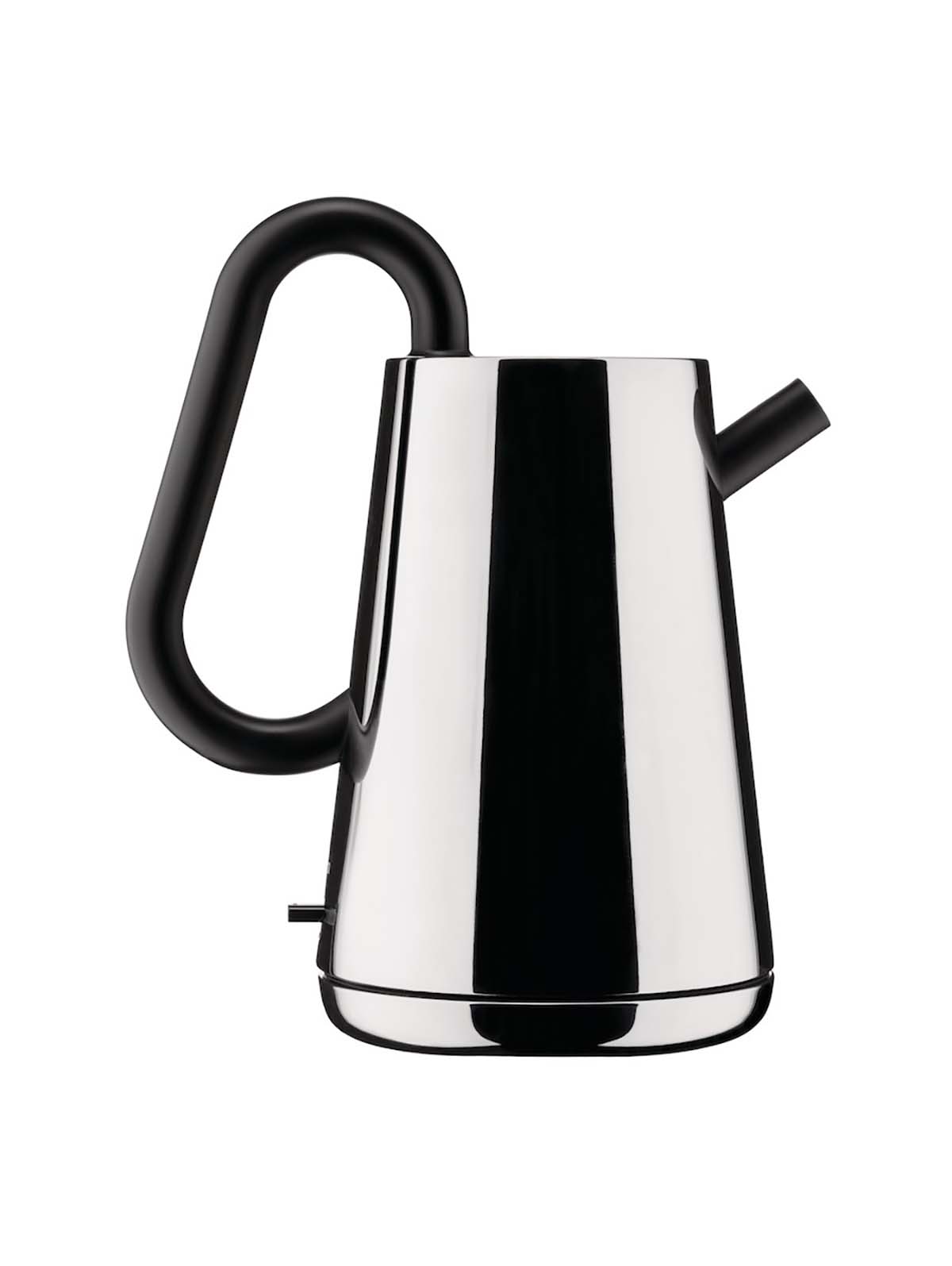Sottsass’s oil cruets, Sapper’s kettles, Aldo Rossi’s pots, Mendini’s corkscrews – for Alessi, the world of kitchens and tables was a way of bringing great design into everyone’s home. The British artist and thinker William Morris wrote in the late 19th century: “Have nothing in your house that you do not know to be useful or believe to be beautiful”. Alberto Alessi, president of the family company (founded by his grandfather in 1921), is someone who has always believed in the value of design.

His contribution to creative research began in 1970, when he began collaborating with the Exhibition Design group (a kind of “community of ideas” that included Bruno Munari and Mario Bellini) and with designers Franco Sargiani and Ejia Helander. Alberto Alessi’s idea was to create objects capable of communicating poetry, and for this purpose he also planned to produce art multiples under the label “Alessi d’Après”. A research-oriented approach that, over time, would lead the company to collaborate with more than 900 designers. A history that is also a cultural project.
Mr. Alessi, what do you think is the relationship between design and society?
Everything is strongly influenced by the present and our sector, that of design, is certainly not excluded, on the contrary… The mission and nature of a company like ours is to be a mediator between the best expressions of contemporary creativity at an international level and the desires of the public. This mediation practice gives rise to objects that are true interpreters of their time. It is therefore necessary to understand the present (among many other reasons) in order to interpret it.


But how?
By thinking about three words that I think can help us understand the present: decantation, integrity and beauty.
Could you explain them?
Decantation: in order to give life to a good project, and therefore to an object that accompanies us in our daily lives, I know of no other way to work than to observe the present and then to metabolize it, trying to understand what is happening around us with the aim of decanting, that is, literally dropping everything on the ground: stimuli, thoughts, images, sounds? Only in this way – and this applies to design, but also to all other fields – can a good idea, a beautiful object, a good friendship, and why not (I speak here as a wine lover and producer) even a good tasting be born.


Let’s move on to the second word: integrity.
Integrity allows us to live fully in the present and understand it better; being whole and thus following one’s mission (without too much interference from certain contemporary marketing) makes us clearer, more focused and centered on what is being done.
Finally, beauty.
The ability to see beauty, even in its nuances, is an ability of those who can understand and live in the present. I have always thought that design is a creative discipline with an artistic and poetic matrix; in short, it serves to bring a little transcendence into our consumer society, to distinguish between function and emotion, to provoke surprise and to move with the beauty of our objects.








